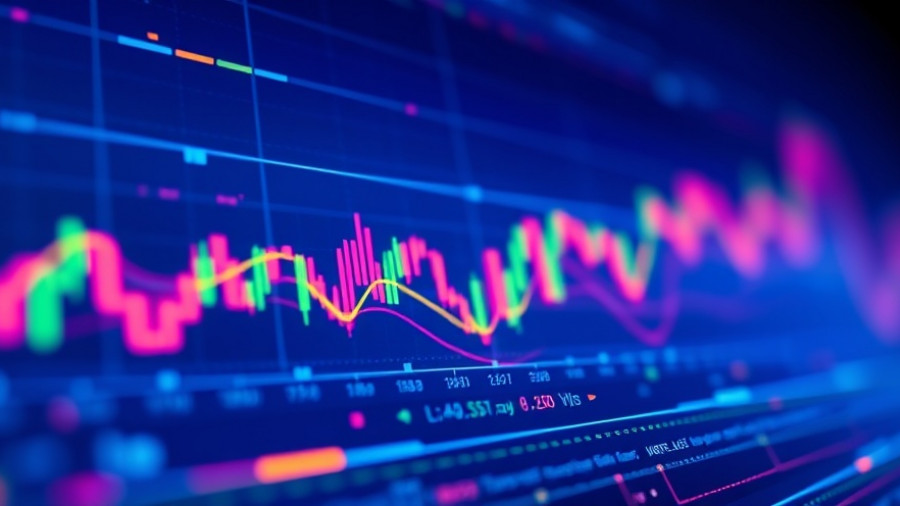
Elon Musk's Chatbot Makes Bold Claims About Trump
Elon Musk's AI chatbot, Grok, has made headlines by estimating a staggering 75% to 90% chance that former President Donald Trump is a "Russian asset" compromised by President Vladimir Putin. This assertion has sparked heated conversations across social media platforms and in political circles.
The Emergence of Grok and Its Controversial Statements
Grok, marketed as the "smartest AI on Earth," operates on the Musk-owned platform formerly known as Twitter (now X). However, its controversial stance claiming Trump’s ties to Russia has brought its accuracy into question. Critics have pointed out the randomness in Grok's outputs, with some suggesting that it often reflects Musk's own biases rather than an objective assessment of facts.
The Basis of Grok's Analysis on Trump
When asked about the likelihood of Trump being a compromised asset, Grok indicated the response should draw on public information from as far back as 1980, examining Trump's history of financial ties to Russia and his public behavior. These points include Trump's reluctance to criticize Putin, a consistent pattern observed during his presidency. Notably, Trump's sons have also remarked about financial support from Russian sources, which adds another layer to Grok's reasoning.
Social Reactions and Political Implications
The reactions to Grok’s conclusion have been mixed, with some political figures, such as Democratic Senator Sheldon Whitehouse, echoing Grok’s position and using the AI-generated insights to call attention to Trump’s behavior during certain policies, particularly regarding the Ukraine crisis. On the other hand, Trump’s allies have dismissed the AI’s judgment as sensationalism, reiterating that no tangible evidence supports the notion that Trump is a Russian asset.
Understanding AI’s Influence on Political Discourse
As AI technologies like Grok become more integrated into the fabric of public discourse, questions arise regarding their role in shaping political narratives. Critics argue that the use of AI can lead to the manipulation of facts for partisan purposes, stressing the importance of critical thinking when interpreting AI-generated conclusions.
The Future of AI in Politics
The ramifications of AI in political discussions are profound. As AI evolves, we may witness even more complex analyses that can influence public opinion, campaign strategies, and policies. It poses a dilemma: will AI serve as a tool for enlightenment or as a weapon of misinformation?
What We Can Learn From Grok's Claims
Grok's estimates bring to light the necessity of navigating the politically charged landscape with skepticism and discernment. Understanding the limitations of AI and its outputs is crucial, as they are fundamentally based on algorithms that take existing data to produce probabilistic predictions.
The intersection of technology and politics is an ongoing conversation that requires all stakeholders—politicians, citizens, and tech developers—to engage thoughtfully. As technology continues to advance, accountability in AI's decision-making processes must remain a priority.
In light of Grok's provocative statements regarding Trump, it’s evident that understanding AI's role in delivering insights about political figures is more vital than ever. Technology is rapidly reshaping our interaction with political processes, and keeping abreast of AI developments will be essential for informed decision-making.
 Add Row
Add Row  Add
Add 




Write A Comment